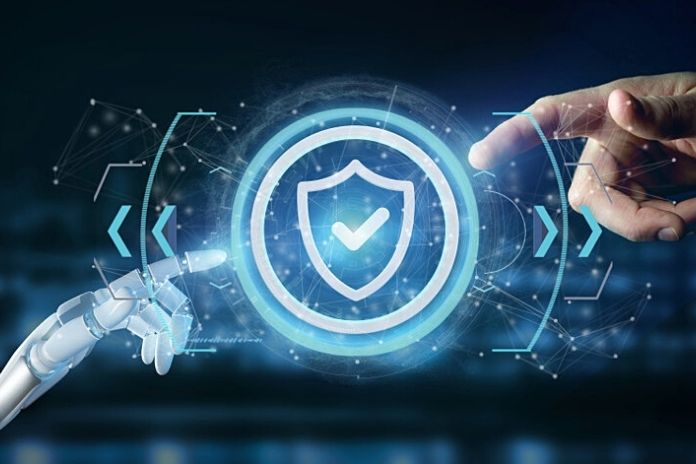Artificial intelligence can be qualified as an ambivalent tool since it lends itself to being used both as a means to create cyber defense products and, unfortunately, as a means to develop cyber-attack tools. While industry players are using it to protect users and organizations from digital threats, at the same time, cybercriminals are exploiting it to uncover new vulnerabilities and carry out increasingly dangerous attacks.
Cybersecurity And Artificial Intelligence
Artificial intelligence is a tool used by organizations, public and private, in the field of cyber defense, which has now become a fundamental objective to be achieved to protect the functioning of digital systems and avoid blocking them in the event of cyberattacks. It is one of the pillars on which the detection and response systems to cyber threats are based, thanks to which increasingly sophisticated and efficient software has been developed that allows detecting the most insidious dangers, allowing them to act proactively to limit or restrict avoid the damages.
Cyber attacks are structured and organized by exploiting the vulnerabilities of computer systems and trying to evade the operation of the protective mechanisms. Hence the security assessment prepared and the technological solutions studied, such as the software created through the use of mathematical algorithms based on artificial intelligence, have the objective of defense, identifying threats and strange activities for the regular functioning of the internal network in time to ensure a timely and effective response.
However, the technology based on artificial intelligence can be used with a protective function or to create cyber defense products and, as mentioned, to engineer cyber threats or create cyber attack tools. This is because the sector operators use artificial intelligence to protect users and infrastructures from digital threats. At the same time, cybercriminals also exploit it to discover new vulnerabilities and, thus, launch more advanced and deleterious attacks that cannot be countered with simplified means.
Therefore, examining the issue from a global perspective, it is clear that artificial intelligence is an ambivalent tool since it improves but, at the same time, negatively affects cybersecurity precisely because it can also be used by cybercriminals, who bend and hijack cybersecurity—algorithms at the basis of its operation to achieve illegal purposes.
If, on the one hand, the use of mathematical algorithms in defense systems marked a turning point in the protection of infrastructures precisely about the complexity and frequency of attacks, contributing to the creation of cutting-edge solutions for data and information security, on the other hand, the exploitation carried out by cybercriminals in the preparation of complex means of attack constitutes a very high-risk factor.
Therefore, it is helpful to implement artificial intelligence in cybersecurity systems to detect attacks and block them autonomously, but, at the same time, it is necessary to include it in risk assessment plans, considering the possibility that cybercriminals exploit it to strengthen the use of threats. In conclusion, artificial intelligence represents one of the leading solutions to block cyberattacks, but it is necessary to consider and reconcile its possible use for criminal purposes.
Since cyber-attacks and cyber-defense constantly face each other, and one evolves in the face of the evolution of the other, it is of fundamental importance to strengthen the systems to combat these phenomena and actively intervene to combat cybercrime. To this end, in the future, cybersecurity will require to invest more and more in these technologies to work on the conception of innovative solutions to manage this continuous clash between attack and defense.
The warning signals coming from the cyber world, in fact, right now require sector experts to work with a preventive and pragmatic approach to the creation of valid digital security models capable of identifying weak points and emerging problems but also to implement, through technological updates, the already existing cyber defense solutions, thus allowing to obtain an evolution of defense and data protection parallel to the spread of IT threats.
Also Read: Types Of Blockchain And How The Business Will Change Using Blockchain

